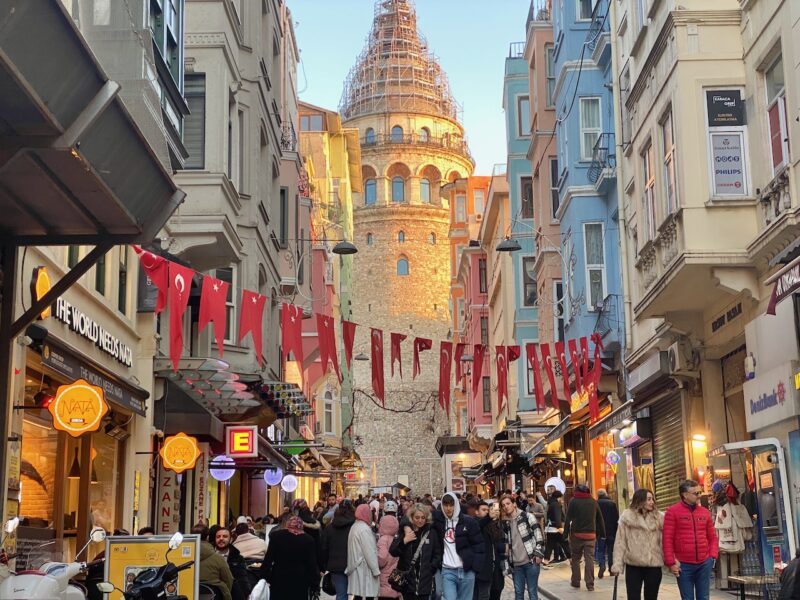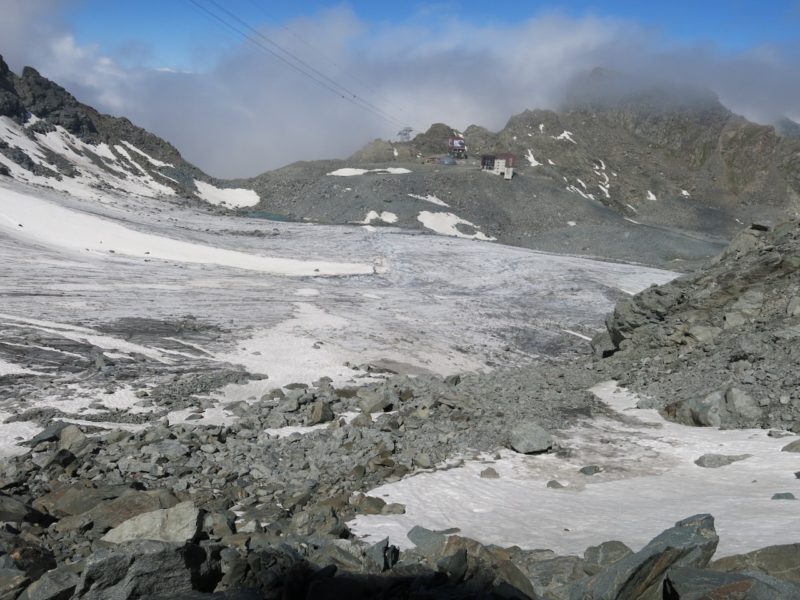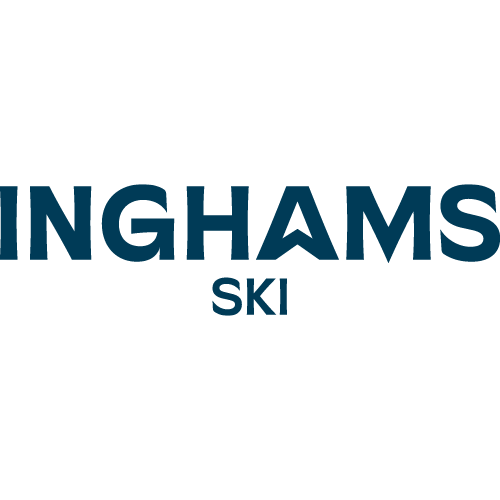SWITZERLAND RELEASES DETAILS OF EXIT FROM LOCKDOWN
17th April 2020
Last modified on May 15th, 2021
Like many other alpine nations the country remains in lockdown with ski resorts closed, tight restictions on movements with shops and businesses closed. The government has released details of its exit strategy.
On 27 April, hospitals will be able to resume all medical procedures.
These include non-urgent procedures, and outpatient medical practices.
Hairdressing salons, massage practices and cosmetic studios will be allowed to reopen.
DIY stores, garden centres and florists will also be allowed to reopen.
The protection of the public and of staff must be assured.
If the situation allows, schools for children of compulsory school age and shops will be able to reopen on 11 May.
On 8 June, upper-secondary schools, vocational schools and higher education institutions, as well as museums, zoos and libraries may reopen.
The Federal Council also issued further details with regard to protecting workers at especially high risk.
“In view of the epidemiological trend and based on expert recommendations, from 27 April the Federal Council will begin to ease the measures put in place to protect the public from the new coronavirus,” said a statement from the Federal Council in Bern.
To help people and businesses to plan, it is also announcing its schedule for the further easing of lockdown measures up to the start of June.
“The Federal Council has taken into account a range of risk factors in determining the phases for easing the measures,” it added.
These include the resulting increase in human contact and movements of people, the number of people at high risk affected, and the ability of businesses to take precautionary measures.
It has also evaluated the economic benefits of the individual phases.
The Federal Council closed the ski resorts across the country on Frdiay 13th March as we reported in our rolling blog at the time:
First phase commencing 27 April
In an initial phase commencing on 27 April, the Federal Council intends to ease measures on businesses where there is only a low level of direct contact, where precautionary measures can easily be put in place, and where there will be no significant movements of people.
Measures regarding the inpatient medical sector will be eased, meaning that hospitals will again be free to carry out all types of procedure.
Outpatient medical practices will also be allowed to resume normal operation and carry out all medical procedures, including non-urgent procedures.
This covers dental, physiotherapy and medical massage practices, and should prevent the negative consequences that could arise as a result of people foregoing treatments and examinations.
Businesses offering personal services involving physical contact may also reopen, for example hairdressing salons, massage practices, tattoo and cosmetic studios.
Florists, DIY stores and garden centres may also open again, as can unstaffed public facilities such as car washes.
Lastly, the restriction whereby funerals may only be attended by close family will also be lifted.
From 27 April, restrictions on the range of products that can be sold at grocery stores will be lifted.
Shops stocking goods other than essential everyday items in their stores may then resume selling these too.
Second and third phase: 11 May and 8 June
In phase two, which is set to commence on 11 May, it is planned that schools for children of compulsory-school age, shops and markets will reopen.
The Federal Council will decide on whether to proceed with phase two on 29 April.
In phase three, set to commence on 8 June, upper secondary schools, vocational schools and higher education institutions will be allowed to resume face-to-face teaching.
At the same time, entertainment and leisure establishments such as museums, libraries, botanical gardens and zoos may reopen, and restrictions on gatherings could be relaxed.
The Federal Council will take a decision regarding the details of this phase on 27 May.
The Federal Council has not yet determined further phases.
A decision as to when large-scale events will again be allowed to go ahead will be taken at one of its next meetings.
Schedule depends on how the epidemic develops
Moving from one phase to the next depends on there being no significant increase in COVID-19 cases.
Sufficient time has to be allowed between each phase so that the effects can be observed.
The criteria are the number of new infections, hospital admissions and deaths, and hospital occupancy rates.
As soon as the number of cases in Switzerland has fallen sufficiently, the cantons will resume the consistent tracing of infection chains: infected persons should be detected, treated and placed in isolation at an early stage, transmission chains should be identified and further transmissions prevented.
To this end, an extended testing strategy, a contact tracing concept and an app providing information about contacts with infected persons will be developed.
The rules on hygiene and social distancing continue to be important and will remain in place.
People at especially high risk should continue to stay at home.
Protection for employees at especially high risk
With the gradual resumption of certain services and operations, employees at especially high risk must be well protected.
The Federal Council has therefore modified the definition of people at especially high risk and protective measures.
Employers have a duty to allow staff at especially high risk to work from home, if necessary by allowing them to perform appropriate alternative tasks.
If it is imperative for an employee to be physically present, the employer must take steps to protect that person by adapting procedures or the working environment.
A person at especially high risk may refuse work if they consider the risk to their health to be too great.
If it is not possible for the person to work at home or at the workplace, the employer must place the employee on leave while continuing to pay their wages.
The employer may request a medical certificate stating why the employee is considered to be at especially high risk.
In view of the epidemiological situation in the canton of Ticino, the Federal Council has allowed the authorities to restrict the activity of certain economic sectors until 26 April.
So what impact will the easing of restrictions have on the ski resorts.
Zermatt is a year-round ski resort and offers summer skiing.
There is no word yet on when and how it will re-open but the resort is monitoring the situation and will act on official government advice.
It is also a popular summer destination for hiking, climbing and mountain biking.
All other resorts in Switzerland will follow a similar course.
Then there is the question of whether ski touring will be allowed – it is popular in May and into June.
Zermatt has been offering hope by beaming messages of support on to the Matterhorn.










